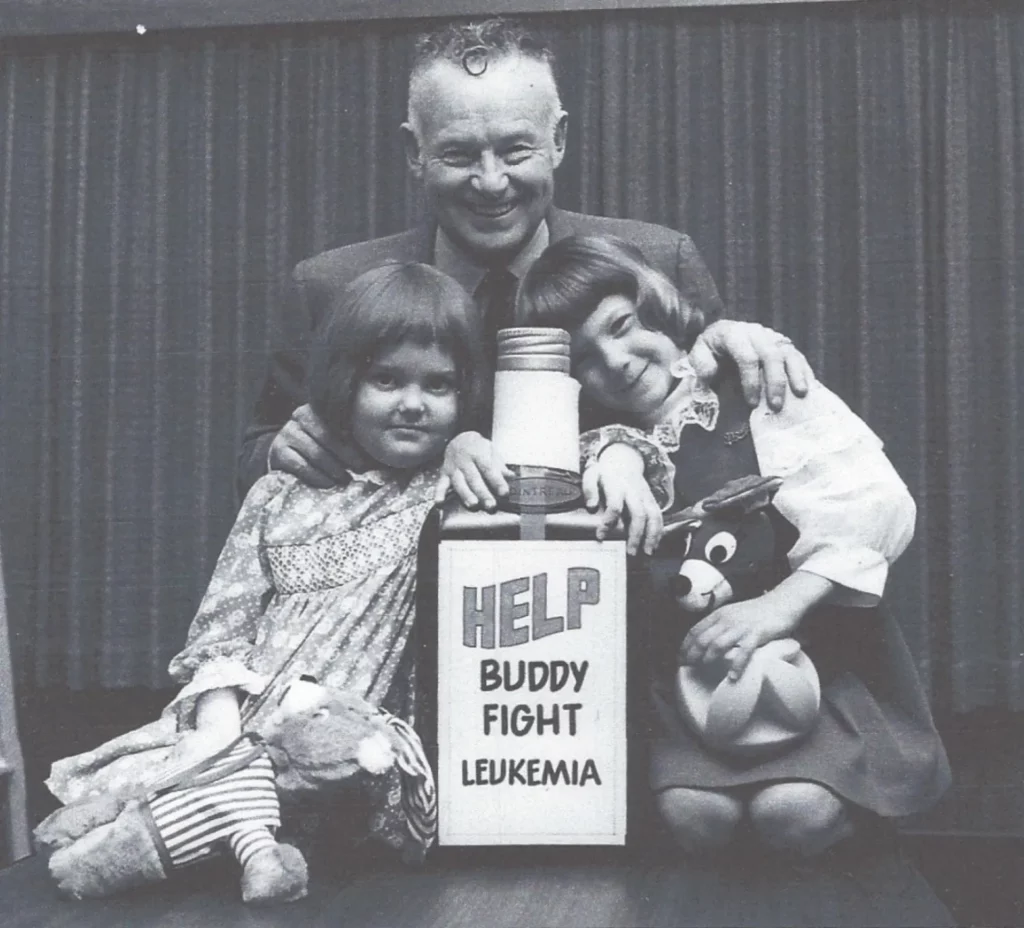About Us

Helping Texans Beat Leukemia through Patient Aid, Research, and Innovation
Who We Are
Leukemia Texas is an independent, platinum rated, award-winning 501(c)(3) nonprofit organization that supports leukemia patients of all ages throughout the state of Texas with Patient Aid and Research through our inclusive programs, partnerships and participation.
As a nationally recognized organization, established in 1970, we have been a leader in providing leukemia patient aid and funding research dollars in Texas. We’re supported entirely by volunteers, donors and organizations in the state. We believe its important to give where you live and thus, 100% of our funds stay in Texas!
Leukemia Texas exists because of the passion and generosity of individuals who care deeply about our critical mission. Our volunteers and governing Board of Directors range from financial and corporate leaders, physicians, philanthropists, leukemia survivors and others who are passionate about Leukemia Texas’ mission. We are working hard to make an impact. Our staff is small, and we take pride in keeping our expenses low so that our funds can support our patients and programs.
Leukemia Texas is not affiliated with any other leukemia, health or nonprofit organization and does not receive government funding. Most of our funds are raised through annual special events, as well as by individual contributors, our Foundation partners and corporate sponsors. We are able to do what we do because of the generosity of others, and we’re able to serve over many patients thanks to their support.
Our History
The late M.T. “Buddy” Minyard founded Leukemia Texas to honor the memory of his beloved wife Clairene, who died of leukemia in 1967. His vision was to establish a nonprofit organization to combat the disease, and to help patients and families. Minyard hoped his efforts and those of his fledgling organization would expedite the discovery of a cure for leukemia. And today Minyard’s daughters Liz and Gretchen are co-chair members of our Board of Directors.
From our humble beginnings in 1970, Leukemia Texas has grown to serve thousands of Texans and has awarded over $10 million in research and patient aid. As we continue to grow and seek innovative ways to provide increased patient aid and research dollars, our mission is to join with thousands of Texans to make a difference. Together we can beat leukemia!

Leukemia Texas Staff Leadership

Sharon McGowan
Board of Directors Leadership
J. Ernest Sims
Travis Bryant
Dr. Paul Bowman
Lois Bowman
Board of Directors
Internships
Are you interested in becoming an intern at Leukemia Texas? Please email us at info@leukemiatexas.org to learn more about our internship opportunities.